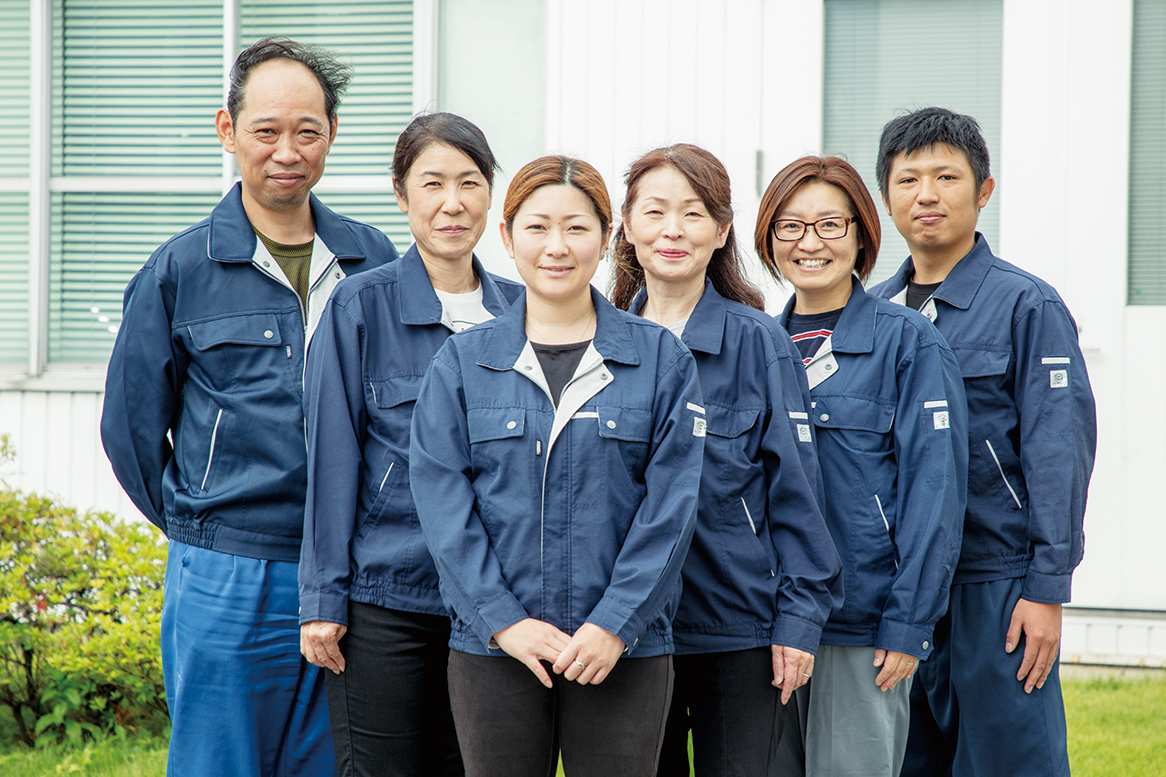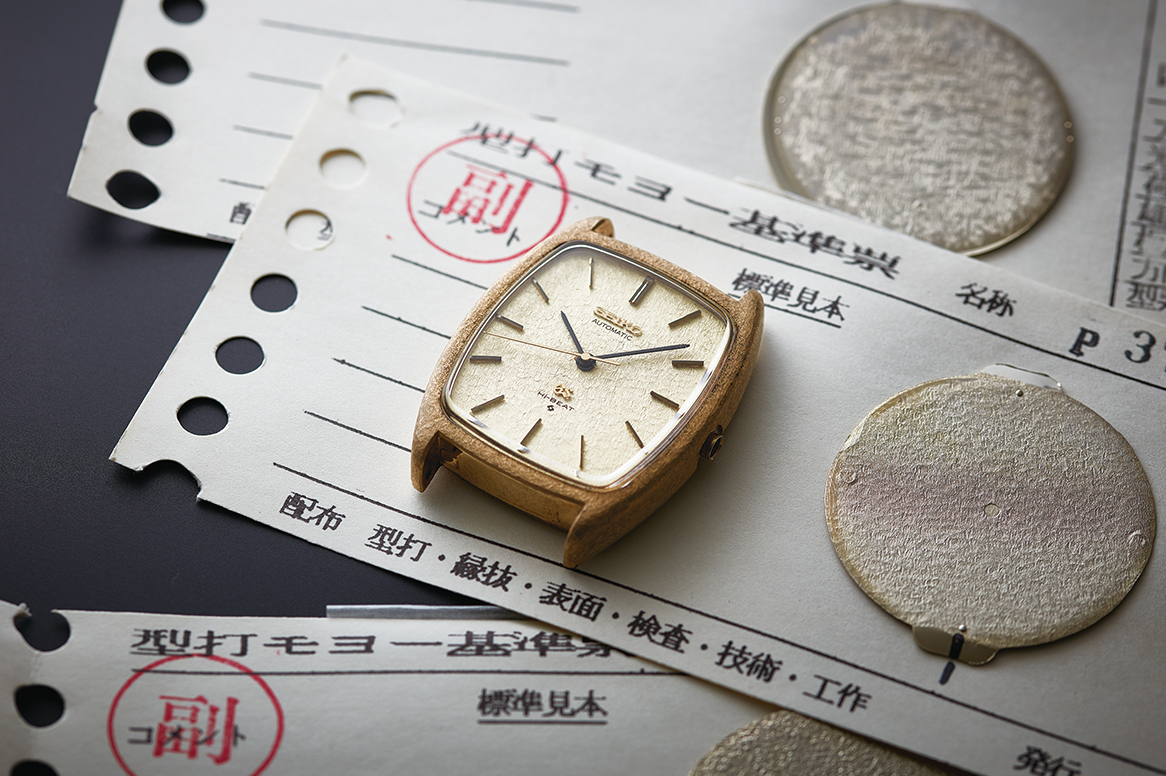How Spring Drive and the ‘Snowflake’ dial came together.
The very first Grand Seiko watch with the 9R Spring Drive movement was created in 2004. Its glide motion seconds hand reflected the continuous, silent and natural passage of time. The layout of the components from the train to the barrel was designed to echo the beautiful view from the Shinshu Watch Studio of the unspoilt Jonen mountains and, behind them, the even higher Hotaka range. Perhaps, therefore, it was inevitable that the design team would then ask themselves this simple question; could the dial of a Grand Seiko Spring Drive not also reflect the beauty of the natural world that surrounded them in the mountains of Japan?

So it was that, in 2004, a challenge was issued to the dial workshop of the Shinshu Watch Studio: they were asked to create a dial that, like the caliber itself and the layout of its components, would reflect the surroundings of the birthplace of Spring Drive and give tangible expression to Grand Seiko’s respect for the nature of time. The solution lay in plain sight through the window. The craftsmen and women in the dial studio decided to try to make a dial with the same uneven surface as the mountains that dominated the view they saw every day and to make it pure white to represent the crisp snow that covers the slopes for six months of every year. They set to work on a prototype, despite knowing that it would be difficult to marry the need for a pure white color with a heavily textured pattern. It was indeed a challenge.

Fortunately, the studio keeps very complete records and many samples of dials from the past. Among them there were a few that had been designed with the irregular, uneven surfaces that they now sought to create but whether these dials could, at the same time, have the texture of fresh snow on the mountains was far from certain. However, the attention of the leader of the studio was attracted by one sample from 1971. Although the watch that carried this dial was not known at that time and although, since it was from the early 70s, it was obviously too small, it had the right texture and, as it were, the look of the mountains. So they set to work. A new, larger die had to be fabricated. First, hand tools were used to carve a copper electrode. This was then transferred to a mold made of a steel alloy to fabricate a stamping die. With a force of 200 metric tons, this die was used to stamp a brass plate that would form the base for the dial.
So far, so good but now came the tough part. How could they make this base as white as fresh snow? Simply painting it white was not the answer, as paint would fill in the irregularities and smooth out the surface. Reducing the amount of paint, on the other hand, would prevent it from becoming pure white. After a long process of experimentation, trial and error, the team decided to study a method using silver plating. Because silver has the highest visible light reflection rate of all metals and because the plating is in pure silver, the team thought that its appearance could be as white as mountain snow, even on a textured surface. By testing different plating solutions, by varying the level of current and by changing the immersion time for the silver plating process, the team sought to identify the perfect thickness of the silver, to tolerances of one micron, that would achieve the desired purity of white without losing the quality of the texture of the dial. Eventually, they created one prototype with which they were pleased. It was perhaps the first pure white dial that did not use anything with a white color in its manufacture and it had one property above all others that endeared it to the Grand Seiko team; as its total area, because of its uneven surface, was larger than that of a flat dial, it received and reflected more light, from all directions. This gives the dial the sense of being even whiter than white and adds to the “sparkle of quality” that has always been central to the Grand Seiko style.
